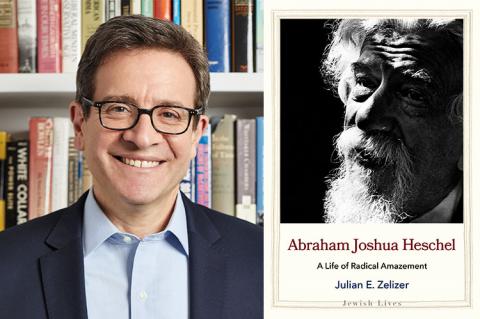Julian Zelizer’s latest tells the story of a religious scholar who fought for human justice, befriending Martin Luther King Jr. along the way.
Books
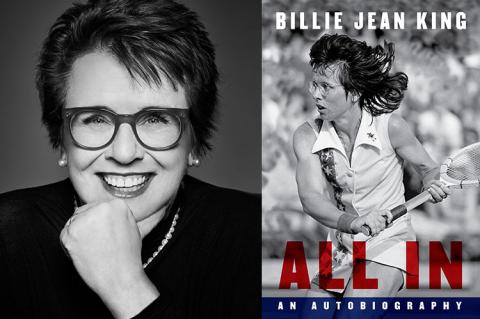 A Champion in Both Senses
A Champion in Both Senses“All In” provides the most current, candid, and personal perspective of a figure of huge significance to women’s tennis and the women’s movement.
 POTUS Agonistes
POTUS Agonistes“The President’s Daughter” weaves a narrative of a terrorist’s kidnapping of a former president’s teenage daughter with several important themes: loyalty, family, kindness, duty, and faith.
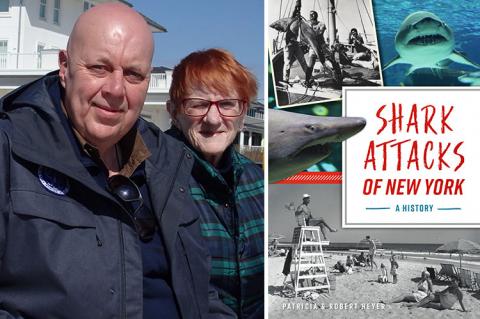 Not Quite ‘Jaws’
Not Quite ‘Jaws’Check out the Heyers’ new History Press volume for its illustrations and pithy folklore, just don’t expect much gore.
 In the Name of Revenge
In the Name of RevengeMillie Mosbach got out in time, in Ellen Feldman’s new World War II-era novel, so why would she return to the crime-ridden nightmare that was postwar Berlin?
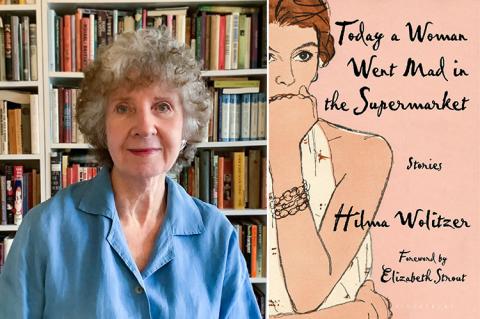 Resurgent Desire
Resurgent DesireThe highly regarded novelist Hilma Wolitzer is out with a short-story collection that frankly and winningly addresses themes of sexuality and domesticity.
A new poem by a Springs man of letters addresses recent politics.
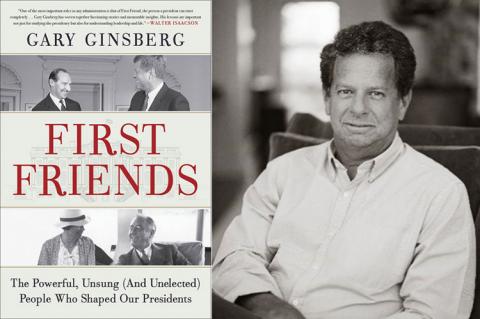 What White House Friends Are For
What White House Friends Are ForSurprisingly little ink has been spent on the personal friends presidents may rely on for savvy, unselfish counsel that can impact policy, the nation, and the world. Gary Ginsberg rectifies that with “First Friends.”
The East Hampton Library's Authors Night returns this weekend, celebrating more than 30 authors with in-person and online talks.
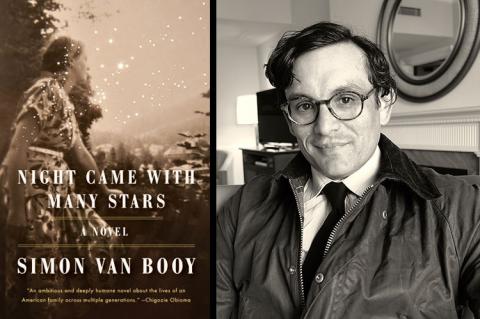 What Makes a Family
What Makes a FamilySimon Van Booy has drawn from the stories of one rural Kentucky family for his new book, and he repays them with an affecting, generous novel.
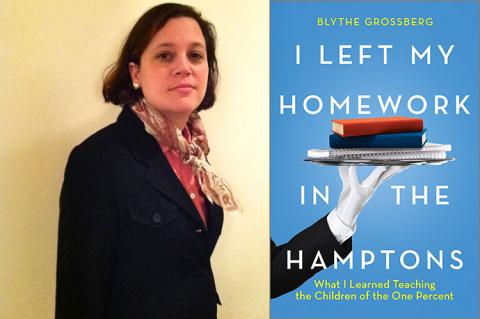 Tutoring the Elite
Tutoring the EliteBlythe Grossberg chronicles her life as a tutor to the offspring of the ultra-rich who summer here, but the Harvard grad with a doctorate in psychology is no ordinary tutor. You’re left wondering why she put up with the parents.
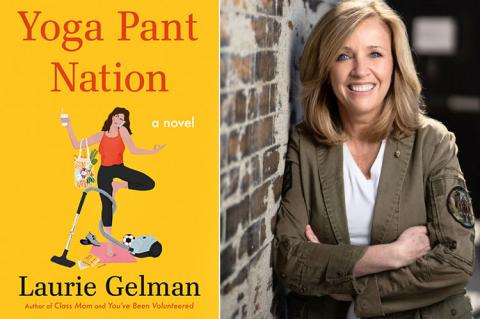 Eye for the Zeitgeist
Eye for the ZeitgeistIn Laurie Gelman’s latest, Jen Dixon, spin-class leader and matchmaker, parent and power emailer, is back to face down her domestic and school fund-raising challenges with a sly wit.
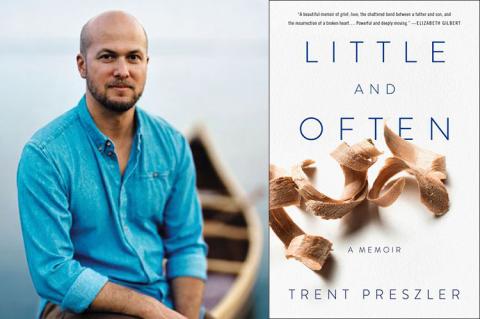 Far From the Farm
Far From the FarmFathers and sons will relate to this harrowing literary memoir, but so will woodworkers, boatbuilders, and anyone who fled the rural heartland for an East Coast education. This is a writer to root for.
A new poem by Philip Schultz, a Pulitzer Prize-winning East Hampton poet.
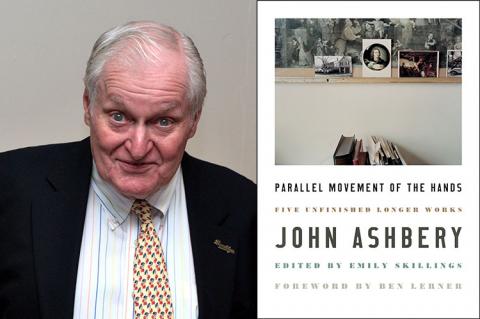 All Flux and Chaos
All Flux and ChaosThese are unfinished, previously unpublished works of a prolific poet who was known for being “obscure,” but what they offer, thanks to Emily Skillings, the volume’s editor, is a far deeper understanding of John Ashbery’s process and what mattered to him as a writer.
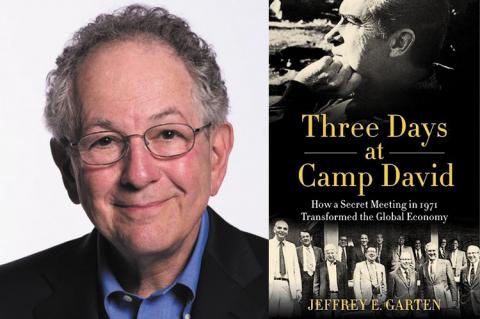 Camp David ’71: Watershed Run Dry?
Camp David ’71: Watershed Run Dry? Jeffrey Garten, an economist who served in four presidential administrations, argues that a single weekend at Camp David in August of 1971 was “a watershed in modern American history” and an indication of “changing American power and influence.”
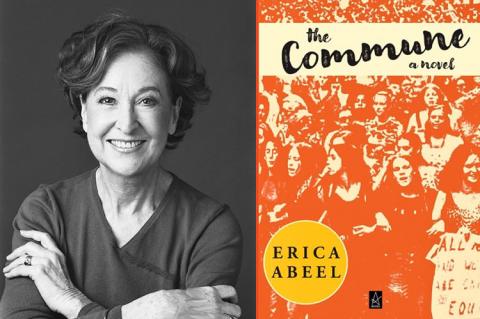 Liberation and Status
Liberation and StatusErica Abeel’s novel “The Commune” takes place in the summer of 1970, during the lead-up to the Women’s Strike for Equality, and recognizable literary figures abound as second-wave feminism comes in for some lumps.
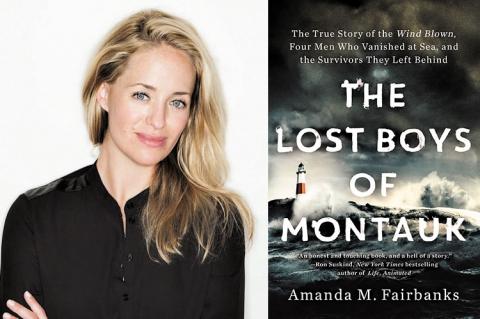 A Journey Into Grief
A Journey Into GriefIn Amanda Fairbanks’s “The Lost Boys of Montauk,” a tragic story of guilt, remembrance, and blame, the prose moves fast, secrets are exposed, and regrets over talking to a reporter loom.
 Anxious Influence
Anxious Influence“Lilyville,” Tovah Feldshuh’s memoir, is like a theater piece, full of shtick, one-liners, speeches, Yiddishisms, and the joys and sorrows of family life. The author knows a dramatic arc.
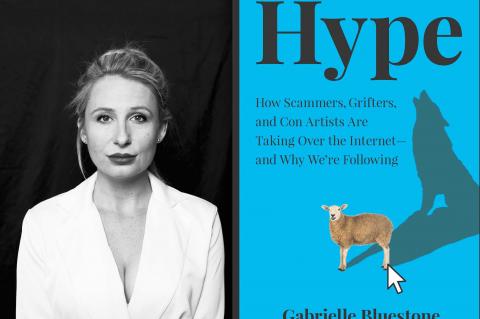 The Rise of the Online Grift
The Rise of the Online GriftGabrielle Bluestone’s “Hype” is about would-be internet entrepreneurs who set out to defraud as many people as they can with the promise of “the next big thing,” which of course turns out not to exist. It’s awfully timely.
 The Embattled
The EmbattledWhat makes Erika Hecht’s “Don't Ask My Name” different from its many companions among Holocaust survival memoirs is the dynamic between the author and her mother, and the account of the mother’s ruthless determination to save her family.
A new poem from Fran Castan, the author of “The Widow’s Quilt” and “Venice: City That Paints Itself,” has just won the United Kingdom’s 2021 Hippocrates Prize for Poetry and Medicine.
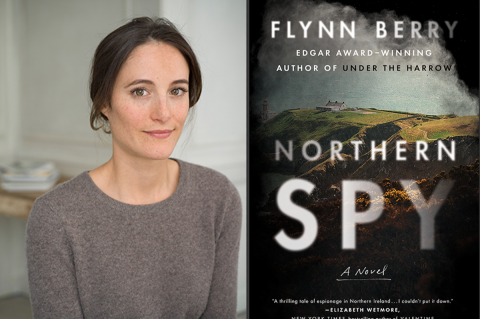 The Startle Reflex
The Startle Reflex Flynn Berry’s “Northern Spy” is a contemporary thriller about a single mother, her infant son, and her sister, and yet it illuminates much about the inner workings of the Irish Republican Army and British MI5.
The first thing to know about Amanda M. Fairbanks and her new book, "The Lost Boys of Montauk," a true tale of a 1984 commercial fishing disaster, is that it comes out on Tuesday from Gallery Books.
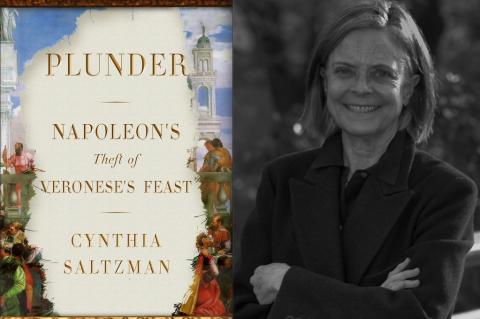 Napoleon as Looter
Napoleon as LooterIn her new book, “Plunder: Napoleon’s Theft of Veronese’s Feast,” Cynthia Saltzman traces a High Renaissance work — Paolo Veronese’s “The Wedding Feast at Cana” — from its inception to its role in the rise of the French Republic, uncovering it as a symbol of victory and cultural entitlement.
Bill Henderson, the publisher of the Pushcart anthology of the best of the small presses, will be honored with an Award for Distinguished Service to the Arts from the American Academy of Arts and Letters in an online ceremony on Wednesday, May 19.
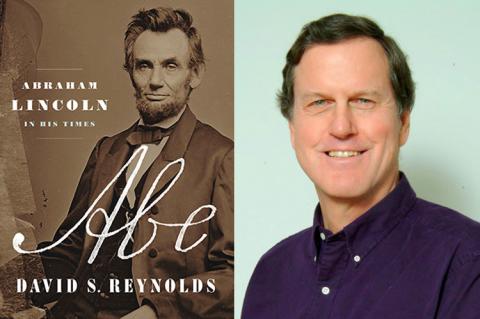 The More Things Change . . .
The More Things Change . . . David S. Reynolds’s massive new biography argues that the traditional view of Abraham Lincoln’s relationship to the economy and society of his times is wrong — he was very much connected to both, and in ways relevant to today.

